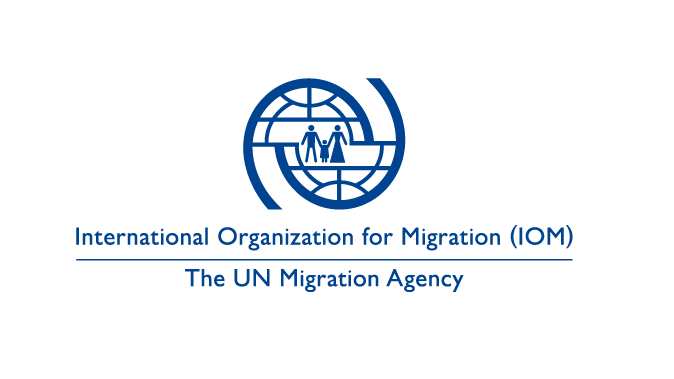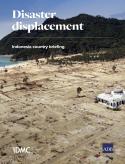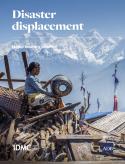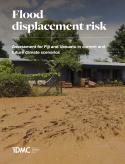Inhabitants of developing island states in the Pacific are amongst those most at risk of being displaced by disasters. The increasing frequency and severity of extreme weather events, likely due to climate change, is putting at least 50,000 Pacific Islanders in danger of losing their homes each year.
In some cases, displaced communities can return home soon after disasters. In many other cases their homes and land are lost, leaving them displaced for years to come. Some find that they have no choice but to return to an area highly exposed to future hazards.
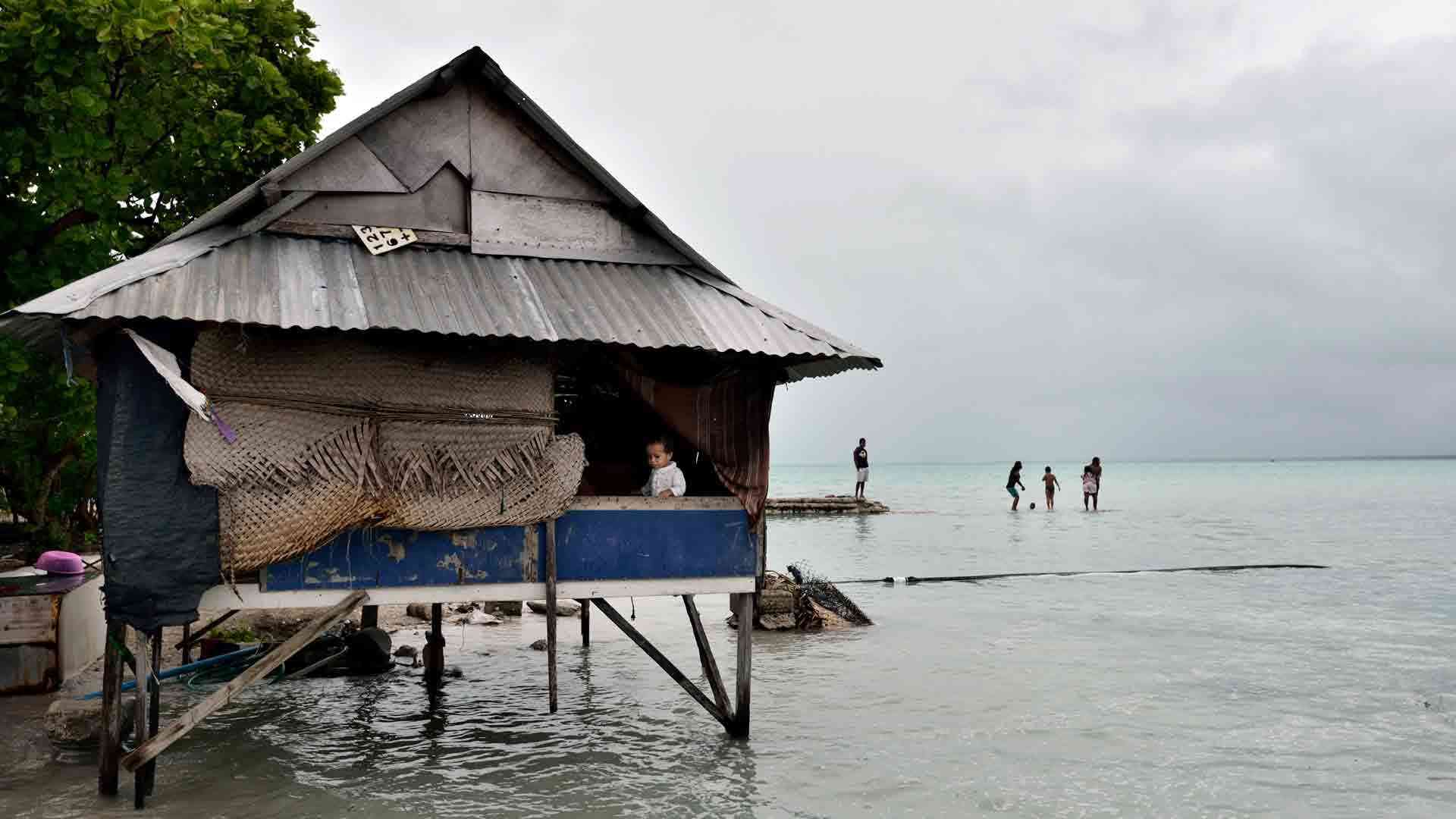
With funding from the European Union, the Internal Displacement Monitoring Centre (IDMC) is collaborating with the International Organization for Migration (IOM) and the Platform on Disaster Displacement (PDD) on the Pacific Response to Disaster Displacement (PRDD) project. The project will contribute to better policy responses and disaster planning, as well as new and improved operational tools.
The PRDD project is generating new evidence to better understand, plan for, prevent, and respond to disaster displacement in the Pacific region.
"We need to recognise that disaster displacement lasts well beyond the emergency response phase of a crisis. It is a cross-cutting issue, affecting many other aspects of national development, such as the economy, health, education and human rights. The knowledge, evidence and tools generated through this project will support national and local government authorities to draft and adopt improved policies, design more effective prevention and response plans, and update early warning systems."
Ambassador Nazhat Shameem Khan, Permanent Representative of the Republic of Fiji to the United Nations in Geneva
Most of the disaster displacement recorded globally in 2020 took place in the East Asia and Pacific region. Powerful tropical cyclones and flooding fuelled by climatic variations such as La Nina triggered 94% of the 12.1 million new displacements, the highest figure since 2016 and above the region’s 10-year average.
Find out how our PRDD project is supporting the government of Fiji in its planned relocation initiative.
Where we work
Fiji
The Republic of Fiji is an archipelago of over 300 islands and a country with a population of 890,000 people. It is one of the 2019 World Risk Report's 15 highest risk countries. Between 2008 and 2018, 116,170 new disaster displacements were recorded in Fiji with an average of 5,766 disaster displacements occurring every year. Fiji's principle disaster risks come from tropical cyclones and flooding.
Marshall Islands
The Republic of the Marshall Islands is a small island country with over 50,000 residents living among 24 atolls and with a top elevation of only around eight metres above sea level. It has the largest proportion of territory made up of water of any sovereign state and therefore is exposed to a very high degree of vulnerability to sea level rise and drought. The Islands recorded 1,800 new disaster displacements from 2008 to 2018 with an average of five disaster displacements occurring every year.
Solomon Islands
The Solomon Islands consist of several distinct groups of mostly volcanic islands with a combined population of over 500,000 people. Earthquakes, tsunamis, tropical cyclones, and flooding have all historically been prominent hazards triggering new displacements. The Solomon Islands recorded over 17,480 new disaster displacements from 2008 to 2018, with an average of 4,026 disaster displacements occurring every year.
Tonga
The Kingdom of Tonga is an archipelago with a population of over 100,000, 70% of which lives on the mainland of Tongatapu. Tropical cyclones and flooding cause displacements and, given its close proximity to the tectonically-active Tonga trench, earthquakes and volcano eruptions are also a threat. Tonga recorded 14,417 new disaster displacements from 2008 to 2018 with an average of 1,229 disaster displacements every year.
Vanuatu
Vanuatu is the highest risk country in the world according to the 2019 World Risk Report. It is a country of 82 volcanic islands with a mostly rural population of 236,000 people. Volcanic activity and tropical cyclones are the dominant drivers of displacement in the country. From 2008 to 2018, Vanuatu recorded 93,519 new disaster displacements with an average of 3,677 disaster displacements every year.
With regional bodies
We combine our national activities with engagement at the regional level through regional organisations such as the Pacific Island Forum Secretariat (PIFs) and the Pacific Community (SPC).
The partnership
The project is made possible thanks to the financial contribution of the European Union. The partnership combines: IDMC’s leading expertise on internal displacement data, research, and analysis; the technical and operational capacity of IOM in responding to disaster displacement; and PDDs’ strength in bringing together policymakers, practitioners, and researchers in a community of practice on disaster-related human mobility.



